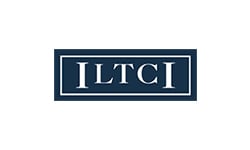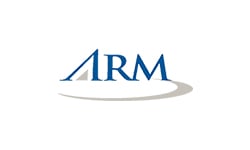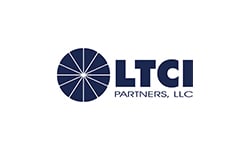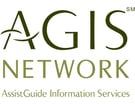For a long time, Baby Boomers have been the lifeblood of many finance-based industries, and the financial advisor business is no exception. Baby Boomers, considered to be anybody between the ages of 55 and 75, are perhaps the last generation that practices similar financial habits to the generations that came before them.
They own homes, businesses, and other assets, making them easily the wealthiest generation in American history with an estimated $68 trillion in wealth. And, while pondering our own mortality is never fun, it’s an indisputable fact that, as Baby Boomers continue to age, they will need trusted financial advisors to guide them through the uncharted waters of long-term care as well as complete the transference of wealth to their Gen X and Millennial children when applicable.
From retirement plans to long-term healthcare options and beyond, knowing how to provide valuable and targeted guidance to your Baby Boomer clients will ensure mutually beneficial partnerships for everyone involved. Keep reading to learn more about the importance of long-term and extended care planning and how LegacyShield can be a valuable tool for you, your clients, and their loved ones.
Tough but Necessary
Discussing long-term and extended care solutions and legacy transference is never easy. However, it’s extremely important to be well-versed on this topic for both your portfolio and your clients. Long-term care is one of those things that you can never be too prepared for, and yet too often people are left scrambling to figure out their finances during what should be their golden years. Additionally, long-term care planning has never been more pertinent. According to The Economic Status of the Elderly (Academy Medicare Brief No. 4), “More Baby Boomers are likely to be living alone in old age compared to their parents for three reasons. First, more of the Baby Boomers have never married. Nearly 10 percent of the youngest Baby Boomers (born between 1956 and 1964) are forecast never to have married by ages 55 to 64, which is twice the rate of their parents. Second, more of those who did marry will become divorced or widowed by the time they reach ages 55 to 64—25 to 30 percent of them compared to 15 to 20 percent of prior cohorts. Finally, childlessness is on the rise. In 1989, 26 percent of couples aged 25 to 34 had no children compared to only 12 percent of such couples in 1959. These trends will result in an increase in the percent of older Americans living alone, from 21 percent of those age 63 to 72 today to 24 percent of those 10 years younger to 37 percent of the early Baby Boomers.”
Plan to Prepare, Prepare to Plan
In addition to helping their clients plan, advisors should be planning for their own businesses as well. More often than not, your clients’ long-term care and legacy plans involve extended family members. By opening up the lines of communication now, you can ensure a more seamless transfer of care, wealth, and assets when the time comes. Involving the family early on not only helps your primary client in the long run but can also help boost advisor/client trust as well as increasing the chances that you will remain the go-to financial advisor for multiple generations within the family, thus maintaining your portfolio through the transfer of wealth. As technology advances, our life expectancy also increases, giving yet another reason why long-term care planning is imperative now more than ever. Nobody plans on getting sick or needing extended health care or even an in-home health aid, but the only thing worse than needing long-term care is needing it and having to scramble to cover the costs. Additionally, last-minute long-term care arrangements can often be less than desirable due to a lack of options. By encouraging your clients to think ahead, you are essentially putting the power back into their hands when it counts.
Advisor Toolbox
The first step when it comes to any type of financial planning is always the aggregation of relevant documents, information, and paperwork. This phase can often seem overwhelming for clients in and of itself, and, while advisors can communicate with their clients regarding what is necessary, the actual gathering of info and ultimately the organization falls squarely on the client’s shoulders. This process is even more cumbersome when dealing with long-term planning in the digital age. Thankfully, new solutions like LegacyShield have completely transformed this process, taking much of the burden off of the client and providing a streamlined asset-organization tool that is truly invaluable for clients and advisors alike.















-CMYK.png?width=250&name=LifeSecureLogo(F)-CMYK.png)



.png?width=860&height=245&name=Full%20Color%20Krause%20Group%20Horizontal%20(002).png)


